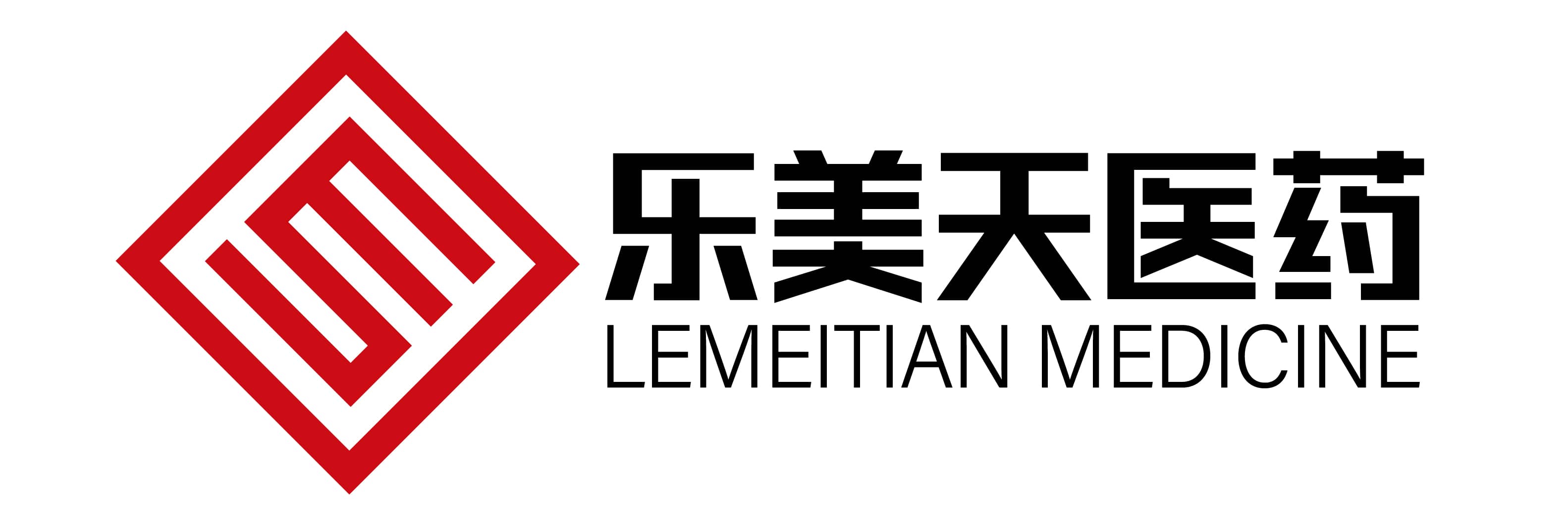
LATEST
NEWS
Recommend Reading
Hot Reading
-
Neurochemical Research-14 May 2020
期刊名:Neurochemical Research文献编号:10.1007/s11064-020-03051-w文献地址:https://link.springer.com/article/10.1007/s11064-020-03051-w发表日期:14 May 2020
Abstract
Safflower yellow (SY) is the main effective component of Carthamus tinctorius L., and Hydroxysafflor yellow A (HSYA) is the single active component with the highest content in SY. SY and HSYA have been shown to have neuroprotective effects in several AD models. In this study, we aimed to clarify whether the effects of SY and HSYA on the learning and memory abilities of Aβ1-42-induced AD model rats are related to the enhancement of synaptic structural plasticity in brain tissues and the amelioration of disorder of glutamate circulation. We used rats injected with Aβ1-42 into the bilateral hippocampus as a model of AD. After treatment with SY and HSYA, the learning and memory abilities of the Aβ1-42-induced AD model rats were enhanced, Aβ deposition in the AD model rats was decreased, structural damage to dendritic spines and the loss of synaptic-associated proteins were alleviated, and the disorder of glutamate circulation was ameliorated. The results indicated that SY and HSYA improve synaptic structural plasticity by ameliorating the disorder of glutamate circulation in Aβ1-42-induced AD model rats.Hydroxysafor yellow A (HSYA purity>98%) was purchased from Chengdu DeSiTe Biological Technology Co., Ltd. (Sichuan, China).

-
Effects of HSYA on serum and brain cholesterol levels....
Abstract
Hydroxysafflor yellow A (HSYA) has a certain improvement effect on Alzheimer's disease (AD) rats, but its specific mechanism is still unclear. The purpose of this study was to observe the regulatory effect of HSYA on learning and memory ability of AD rats induced by Aβ1-42. To explore the effective targets and potential molecular mechanisms of HSYA in AD treatment based on quantitative proteomics.
Through the Morris water maze experiment, we found that after HSYA treatment, the learning ability of rats in the model group has been significantly improved. Quantitative proteomics results showed that among the 11 common differential proteins between the "model/sham operation" comparison group and the "HSYA treatment/model" comparison group, the cholesterol synthesis rate-limiting enzyme mevalonate decarboxylase (Mvd) Western Blot results are consistent with the results of quantitative proteomics analysis.We found that HSYA can inhibit the expression of BACE protein in hippocampus of AD rats and decrease the level of Aβ1-42. Besides, HSYA could also reduce cholesterol levels in serum and hippocampus. In summary, HSYA can effectively improve learning and memory disorders in AD rats, and exert neuroprotective effects by effectively controlling serum and brain cholesterol to down-regulate the expression of BACE and thus reduce the content of Aβ1-42.
…………
HSYA (purity > 98%,Fig. 1a) was purchased from Chengdu DeSiTe Biological Accepted ManuscriptTechnology Co., Ltd. (Sichuan, China); 600mg HSYA was dissolved in 200ml double distilled water and prepared into 3 mg/mL HSYA reserve solution and stored at 4℃. The dose of HSYA was 30mg/kg, and the volume of HSYA was calculated according to body weight
…………
原文链接:https://doi.org/10.1080/00207454.2022.2082964

LINK TEL
(+86)17313084125

 Structure
Structure


